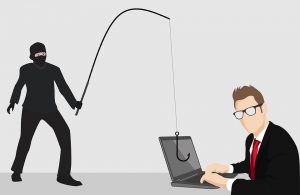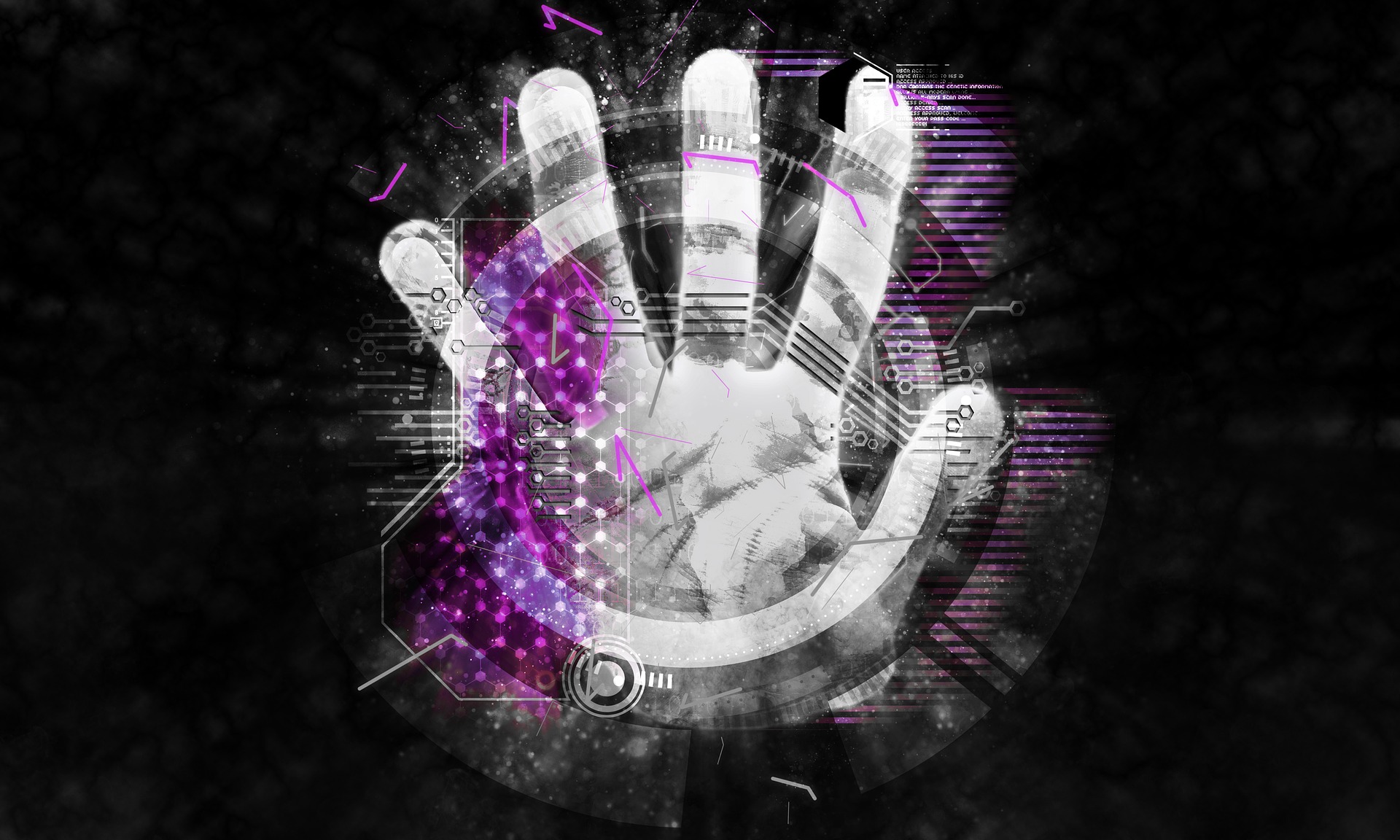Cybersecurity Practices You Can Implement Now
We all know that there’s a lot of manage when it comes to cybersecurity and unfortunately the number of threats continues to increase. Identifying and utilizing best practices for cybersecurity is the best way for your company to prevent, detect and respond to threats.
So what can you do to mitigate threats to your organization?
Here are 10 cybersecurity practices you should implement this year.
- Create passwords that are hard to crack. For example, use a phrase instead of just a word and always include upper and lowercase letters, numbers and symbols. Passwords should also be changed every 60 to 90 days.
- Use multifactor authentication whenever possible. it adds another layer of protection to logins. MFA requires more than one method of authentication to verify the user’s identity. The extra layer of defense makes it more difficult for an unauthorized user to gain access.
 Don’t connect to public Wi-Fi. When you connect to a public network, anyone near you can easily access your information. This means a hacker can access your emails, phone numbers, credit card information and anything you send out over the public Wi-Fi.
Don’t connect to public Wi-Fi. When you connect to a public network, anyone near you can easily access your information. This means a hacker can access your emails, phone numbers, credit card information and anything you send out over the public Wi-Fi.- Use Antivirus software. These programs help to protect your device against most viruses and other attacks that have a malicious intent. Most antivirus programs also come with a recovery tool to help get rid of any malware that may have been missed.
- Use a firewall. It’s one of the first lines of defense in a cyberattack and provides protection for your data. A firewall filters the information you send and receive when connected to the internet and blocks certain data (like your credit card information) so that hackers cannot access it.
- Always install updates. Updates ensure the latest security on your device. Older software can allow hackers to access your system and information through holes in the software.
- Keep your accounts private. The more information you put on social media, the easier it is for a hacker to use that information and break into your accounts. Also, be sure to only add people you know on social media.
- Be careful when shopping online. Make sure you’re only purchasing from reputable sites that use a secure payment system. Look for “https” at the beginning of a site’s address which verifies that the site is not encrypted, and your data is secure.

- Watch out for malicious pop-ups that can gain access to your system. When you click on a pop-up, or sometimes even just close to it, you can pick up adware. Adware is unwanted software that shows advertisements on your screen and generates revenue for its developer. While it isn’t usually a huge threat, it can track your internet browsing behavior and your location.
- Watch out for phishing emails. Phishing emails usually appear to be from someone you know and ask you to click a link where you’ll be asked to provide sensitive information. To minimize your risk of falling for a phishing scam, always use your own link instead of clicking on a link in an email to provide sensitive information.

 Don’t connect to public Wi-Fi. When you connect to a public network, anyone near you can easily access your information. This means a hacker can access your emails, phone numbers, credit card information and anything you send out over the public Wi-Fi.
Don’t connect to public Wi-Fi. When you connect to a public network, anyone near you can easily access your information. This means a hacker can access your emails, phone numbers, credit card information and anything you send out over the public Wi-Fi.